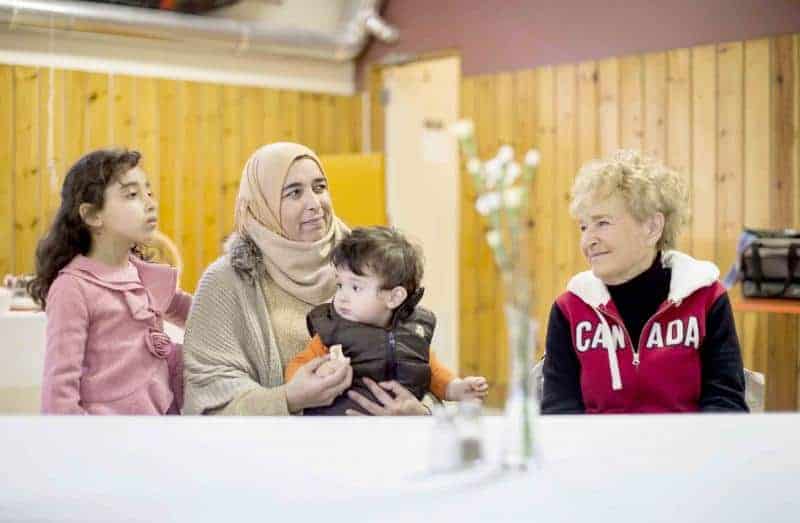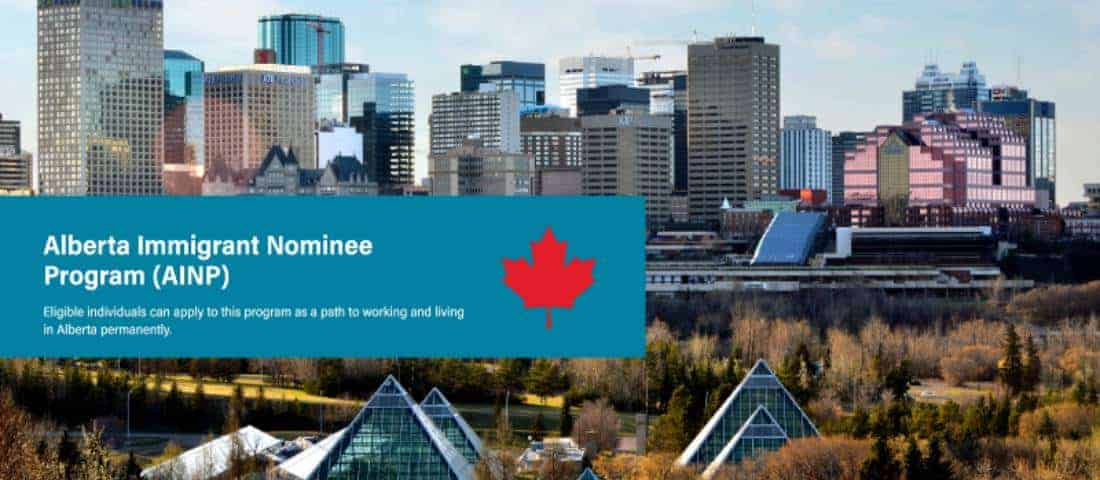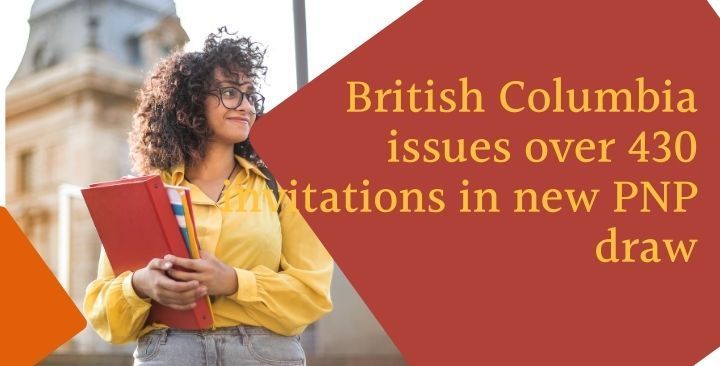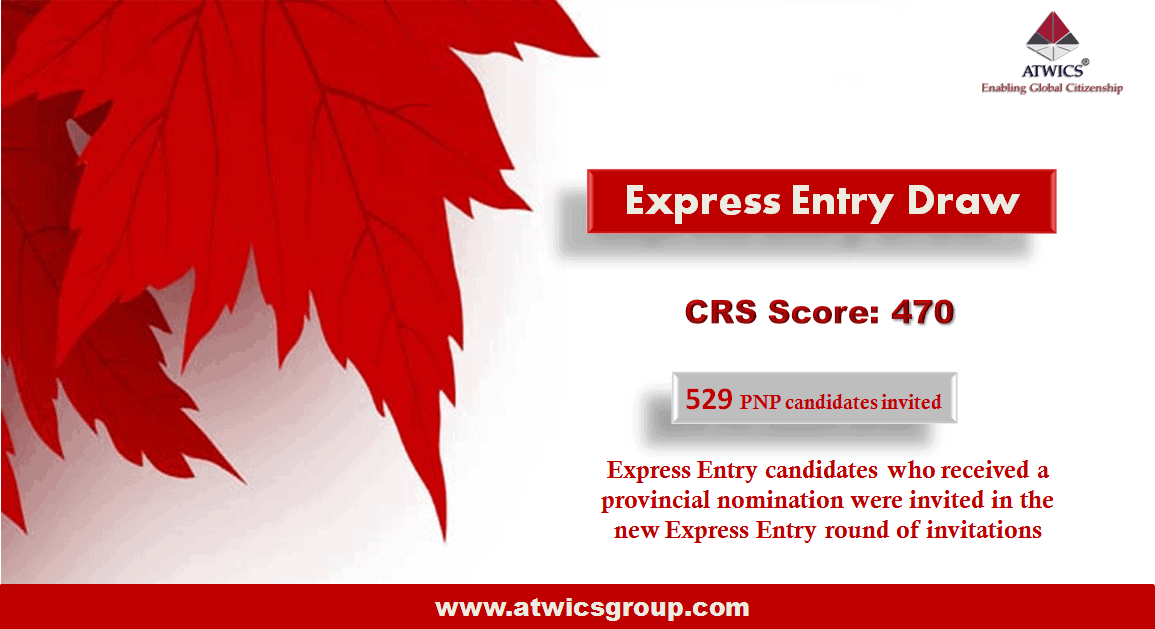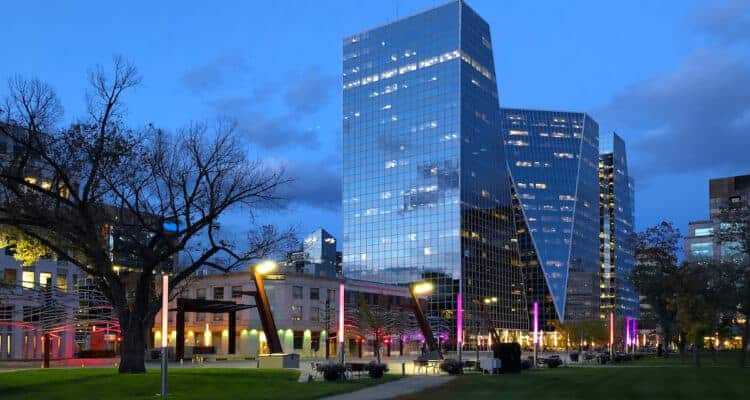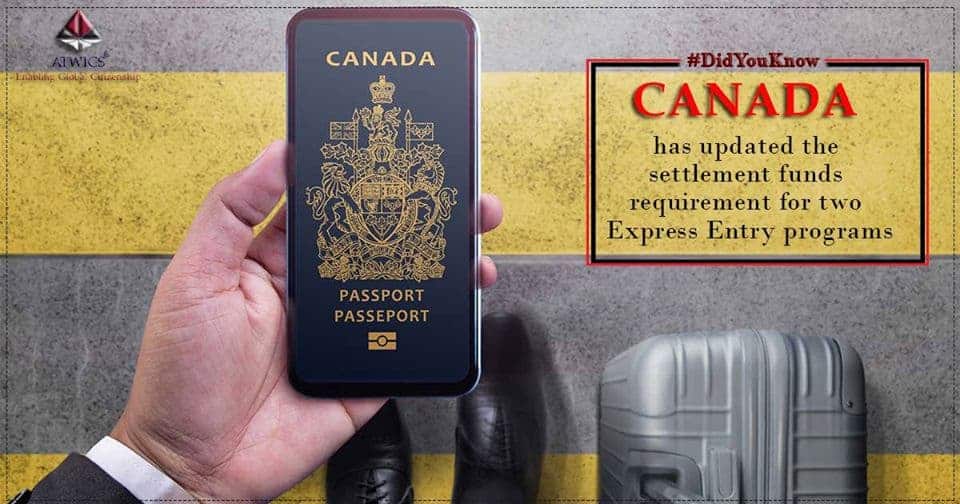Canada adds more details to Entry/Exit program delivery, procedures, and policy.
Canada recently delivered more details on what information border officers gather from passengers,that can get the information, and more on data protection and rules for revelation.
Canada’s Entry/Exit Program permits the border to gather fundamental passenger information and offer it with Immigration, Refugees and Citizenship Canada (IRCC).The immigration department utilizes the information to confirm how many days an immigration candidate remained in Canada.The information is utilized to confirm residency necessities for applications for permanent residence, work permits, study permits, and Canadian citizenship applications.
Canada and the U.S. have been trading biographic entry information on all passengers at the land border since July 11, 2019, however the program began in February 2019. They utilize the record of a traveller’s entrance into one country to set up the exit from the other.Recently the program was expanded out to air passengers as well, notwithstanding, this exit information isn’t normally shared with the U.S.
Information isn’t yet being gathered for passengers entering and leaving Canada by marine ports or by rail.
What information does CBSA collect?
The Canadian Border Services Agency (CBSA) gathers fundamental data of passengers who go through the border.
The fundamental information they gather includes:
- name;
- date of birth;
- country of citizenship;
- passport details;
- date of entry or exit;
- information showed in the Global Case Management System for immigration and citizenship candidates, for example,
- client identification (i.e., family name and given names, gender, date of birth, country of birth, etc.),
- contact information and history, educational and employment information.
Who can access entry and exit information?
CBSA is the proprietor of the information and as such all authorized border work force can get exit information. These border staff include:

- border services officers and superintendents;
- criminal investigations officers and analysts;
- document analysts;
- hearings officers and hearings advisors;
- inland enforcement officers and enforcement case officers;
- intelligence officers and intelligence analysts;
- National Border Operations Centre officers;
- National Security Screening Division officers and analysts;
- National Targeting Centre (NTC) targeting officers;
- NTC targeting operations intelligence; and
- trusted traveller officers.
IRCC just maintains the Entry/Exit information of an applicant who is giving an application for immigration.
The immigration department utilizes Entry/Exit data to:
- confirm residency prerequisites to deal with a ongoing application by confirming data gave by the customer, for example, in applications for grants of citizenship or permanent resident cards;
- confirm if a provisional residence candidate may have already outstayed their permissible period of admission in Canada;
- help in an inspection of a person’s privilege to a Canadian travel document;
- confirm that sponsors are living in Canada;
- confirm the residency of spouses and companions under the spouse or common-law partner in Canada class;
- confirm whether or not a refugee candidate entered Canada utilizing their travel documents; and
- help inquiry of potential cheating in relation to immigration, citizenship, and passport and travel document programs.
IRCC officers are not permitted to reveal entry and exit information unless it is essential for the organization of the Immigration and Refugee Protection Act and it is protected under an presenting information-sharing contract,for example, a Memorandum of Understanding.
“Any revelation that isn’t explicitly protected under a present contract should be supervised by CBSA,” the administration’s site says.
Passengers have the option to demand a copy of their personal travel history, and they can demand a rectification in case they discover any blunders.IRCC will be inform in case a passenger demands a rectifying to their entry information, and they are eligible to re-query CBSA to get the most fresh information.


